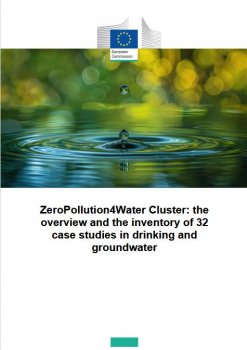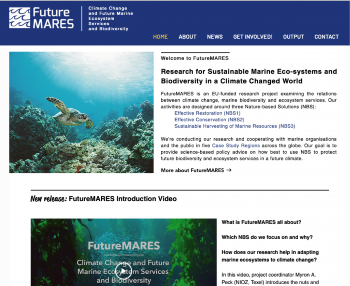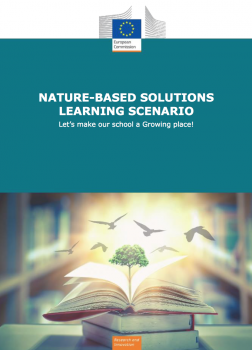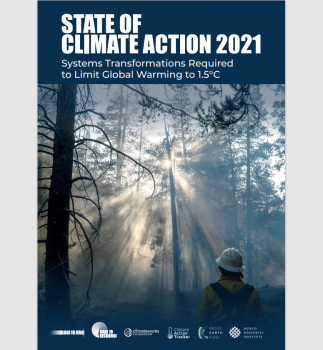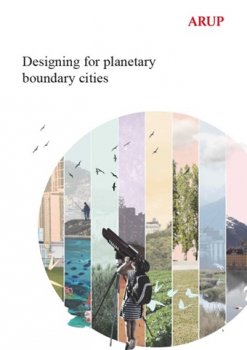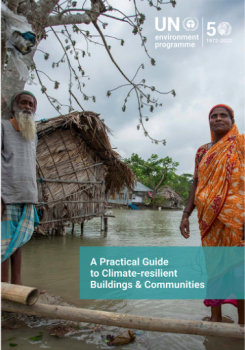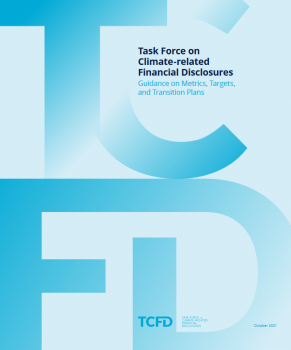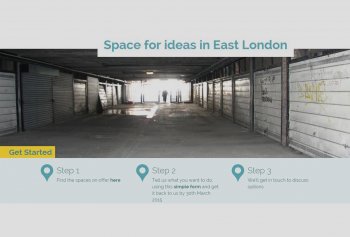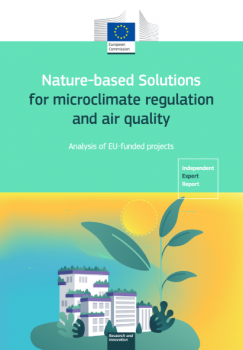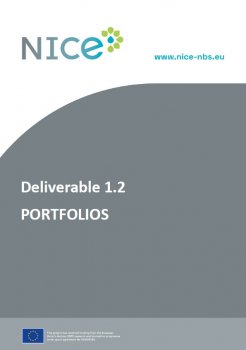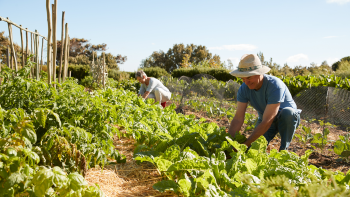Marketplace
URBAN NATURE-BASED SOLUTIONS AND THE COVID-19 PANDEMIC: PERSPECTIVES, LESSONS AND OPPORTUNITIES FROM NEWCASTLE-UPON-TYNE, UK
This report promotes and develops the idea of urban nature-based solutions as a new policy agenda that can both serve to support the kinds of access to, appreciation of, and enhanced well-being from nature that has been brought into the spotlight by the COVID-19 pandemic. At the same time, the
Engaging Citizens and Stakeholders with Key Themes and Messages
Explore key themes and messages through a selection of posters. The first set of posters highlights Protect, Restore and Thrive. The second set of posters highlights Working with Nature, Diversfying Options and Multiplying Benefits.
ZeroPollution4Water Cluster: the overview and the inventory of 32 case studies in drinking and groundwater
This report aims to provide an overview about the 32 cases studies of seven ZeroPollution4Water Cluster projects. These seven projects received funding under Horizon Europe Research and Innovation programme in 2022, aiming to prevent groundwater pollution and secure drinking water quality.
FutureMARES Project Website
Graphic design and content management for FutureMARES project website.
Let’s make our school a growing place!
Nature-based solutions have the potential to provide multiple benefits across a range of sustainability challenges faced by cities. They can help to limit the impacts of climate change, enhance biodiversity, and improve environmental quality while contributing to economic activities and social
Nature-Based Solutions and the Green Economy
Broadly speaking, nature-based solutions refer to “actions to protect, sustainably manage, and restore natural or modified ecosystems, that address societal challenges effectively and adaptively, simultaneously providing human well-being and biodiversity benefits.” There is significant and
Addressing Climate Change in Cities – Policy Instruments to Promote Urban Nature-based Solutions
This guidance document responds to exisiting gaps and highlights a range of policy and supporting instruments relevant for NbS design, implementation and maintenance. Policy instruments include regulations, strategies, programmes, action plans and financial incentives. The guidance aims to support
State of Climate Action 2021: Systems Transformations Required to Limit Global Warming to 1.5°C
This report from the Systems Change Lab is a joint effort of the High-Level Climate Champions, Climate Action Tracker (CAT, an independent analytic group comprising Climate Analytics and the NewClimate Institute), ClimateWorks Foundation, the Bezos Earth Fund, and World Resources Institute. It
Designing for planetary boundary cities
The planetary boundaries signify the Earth’s capacity to tolerate change and set out the science-based limits that must not be surpassed if the Earth is to remain hospitable for future generations. This timely report explores how we can design the built environment within the ‘safety rails’
A Practical Guide to Climate-resilient Buildings & Communities
A Practical Guide to Climate-resilient Buildings & Communities offers construction solutions to adapt to a range of different risks in various climates. For instance, it shows us how to reduce indoor heat in hot and arid climates, or how to mitigate cyclone impacts on buildings in hot and humid
Green infrastructure and NbS in dialogue: How to integrate NbS in your technical classes
The purpose of this learning scenario is to introduce students, especially those at technical and vocational high schools, to Nature-Based Solutions (NbS), using the concept of green infrastructure applied to a practical project. To begin with, the teacher presents NbS and their benefits and
Guidance on Metrics, Targets, and Transition Plans
Over the past few years, several market and industry initiatives have focused on converging reporting standards that cover climate issues as well as aligning and improving comparability of climate-related metrics. These efforts include work to harmonize greenhouse gas (GHG) accounting methods to
- Video
PHUSICOS: Snow avalanches at Capet Forest
The hazard at the site is from snow avalanches in the 'Midaou' avalanche path. The avalanches may reach the village of Barèges, and this has occurred numerous times in the past, the last event being in 2013. The slope and the release area have numerous old 'grey' protective
Ecosystem Services Mapping: Practical Applications - Oppla Webinar video
This session continued the topic of ecosystem services mapping, focusing on its benefits for practitioners and decision makers (the first session 'Ecosystem Services Mapping' is also available on the Oppla Marketplace). Nuria Marba spoke about the importance of spatial distribution of
Nature-based solutions to climate change mitigation and adaptation in urban areas: perspectives on indicators, knowledge gaps, barriers, and opportunities for action
Nature-based solutions promoting green and blue urban areas have significant potential to decrease the vulnerability and enhance the resilience of cities in light of climatic change. They can thereby help to mitigate climate change-induced impacts and serve as proactive adaptation options for
Revitalizing Spaces
Methodology (accompanied by an online platform) for identifying and activating underused spaces through community-led proposals.
Nature-based solutions for microclimate regulation and air quality: Analysis of EU-funded projects
Nature-based Solutions (NbS) represent a key approach to improve air quality, microclimate, health and well-being of urban populations. The European Commission will adopt in 2021 a zero pollution action plan for air, water and soil and it is known that especially air quality has a tremendous effect
Presentation on Expanding Sustainable Agriculture
This powerpoint slide provides a case study on a successful example of nature-based solution applied in the agriculture sector: Agroforestry to make the agricultural systems in Montpellier more resilient to the effects of climate change. The agroforestry scheme was implemented under the SAFE
Saving biodiversity: why our mental and physical health depends on it
During the COVID-19 lockdowns, more of us are noticing the variety of animals, trees, and flowers in our back gardens or local park - and how being in contact with nature can influence our happiness. This variety of life is known as biodiversity and it’s essential for our health and wellbeing. We
- ‹ previous
- 35 of 55
- next ›



